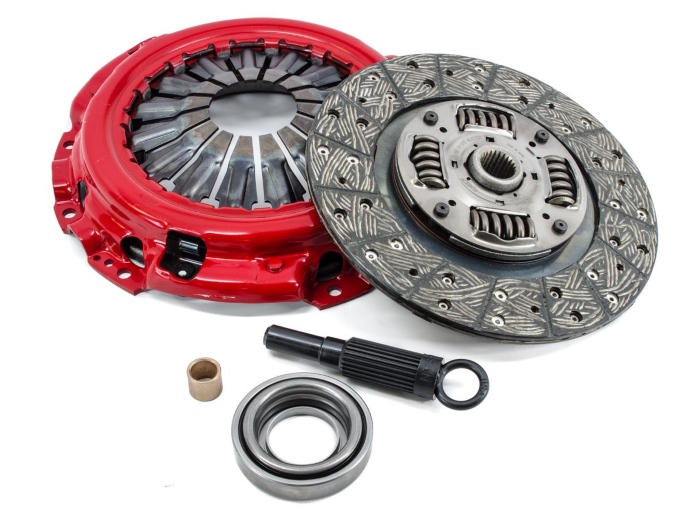
Considering the time that we spend driving cars and how present they are in our lives, it is very surprising how little people know about them or understand them. A recent study showed less than four percent of people worldwide could explain the mechanics of a car and give a basic overview of the principles that make it work. It seems that while people know that a car has an engine and wheels and a nice interior to sit in, they don’t really understand how all the parts fit together. So, by way of explanation here are a few insights to help unpack the mysteries of the modern car.
Not just pedals
On the floor of the car are three pedals, an accelerator, a brake and a clutch. These are not magic pedals that automatically make things happen, they are all connected to wires and cables or computers which in turn are connected to other things on the car. For example, when you push the clutch down it starts a whole series of events that allow the car to change gears and to control the amount of engine power that is transferred to the wheels. The clutch is utilized to such an extent that it often needs to be replaced. Should this be the case for you a quick online search that factors in the part name and the model of your car should be enough to find a source for a replacement part and a mechanic who will perform the job. Try a phrase like, ‘Subaru wrx clutch,’ or similar, for the results you are looking for.
The exhaust
Most people think that the pipe at the back of a car is the exhaust. In human terms this would be the equivalent of saying that the anus was the digestive system. The reality is that the pipe you see beneath the trunk of a car is the final part of a long system that is designed to remove the gasses and by-products of the internal combustion process away from the business end of the engine. In actual fact the exhaust system starts at the cylinder head and works its way back, via a muffler and various other elements along the way.
It’s getting hot in here
Car engines get hot; very hot. They work on the premises of exploding a mixture of petrol and air and using those explosions to drive pistons. The power generated by these explosions is harnessed to turn the wheels. Not surprisingly this process generates heat. And it is for this reason that significant parts of the engine are used to cool and lubricate the hot moving parts of the engine. There are three elements to this process, oil, water and air. The oil is primarily for lubrication and it is there to make sure that the moving parts glide seamlessly over each other, no matter how hard or hot they are working. The oil is stored in the sump and it is vital to ensure that this always contains oil and that it is clean.
The second part of the process is managed via the radiator, which is filled with water. The water is cooled by passing air and in turn the water is used to keep the temperature of the engine at an optimum level. As with the oil, it is important to ensure that there is always water in the radiator and that the temperature gauge is never allowed to hit the red. Driving an over-heating car can have dire consequences, not least the blowing of a cylinder head gasket, which is a troublesome and expensive fix to have to make.




